Digital Foundry vs. Killzone 3
Sev the best for last.
Killzone 3D and Split-Screen Support
As evidenced by its star turn at last year's E3 press conference, Killzone 3 is the jewel in the crown of Sony's push to bring stereoscopic 3D gaming to the masses. We took a look at the performance level of the E3 stereoscopic demo back in July last year, and offered up our hands-on impressions within our analysis of the multiplayer beta, but the chance to really put the final stereoscopic code through its paces proved to be irresistible.
From an overall performance and image quality perspective, what we have in the final game is very, very close indeed to the code we've already played back at E3, suggesting that Guerrilla locked down the 3D support within the renderer a long time ago. That does mean that there are some compromises: frame-rate is clearly more variable, but the biggest impact is to resolution.
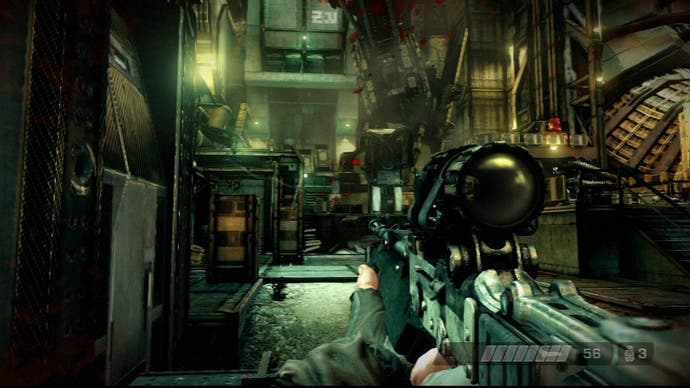
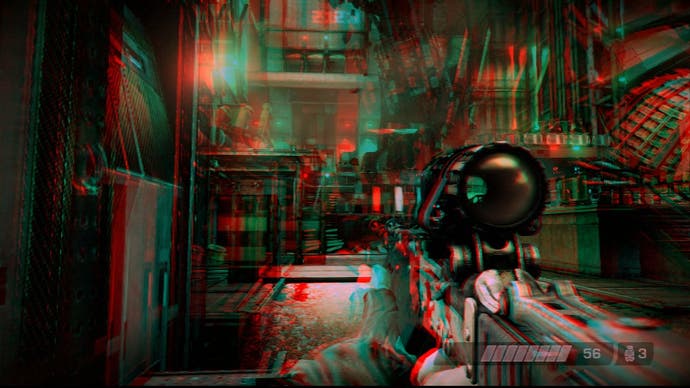
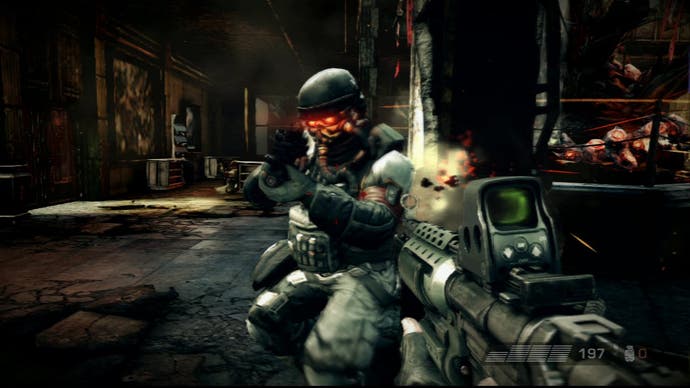

Despite outputting HDMI 1.4's typical 1280x1470 framebuffer, resolution is effectively halved compared to the 2D version of the game. Two images of 640x716 are created and then the RSX's bilinear horizontal scaler is invoked to expand the framebuffer outwards. With traditional, 2D sub-HD titles it is usually the case that the image is scaled in software, allowing full resolution HUD/text to be overlaid. With Killzone 3, we can see that RSX is called in to do the job once every part of the frame is rendered - the HUD is clearly being scaled along with everything else. Bilinear is a fairly rough scaling technique, but it gets the job done.
The downsides to the 3D support go beyond the addition of slightly blocky HUD elements, however. There are clearly more aggressive LODs at play, resulting in more noticeable pop-in, which is virtually invisible in 2D mode. There are significant issues with some visual effects too. In 2D mode, Killzone 3 processes alpha effects (particles, smoke and the like) using a lower resolution buffer: 640x360 specifically. Once smoothed and scaled, the look is usually very good. However, in stereo 3D mode, these buffers are halved in size too, down to 320x360 per eye. The result is some rather unsightly effects cropping up throughout the game.
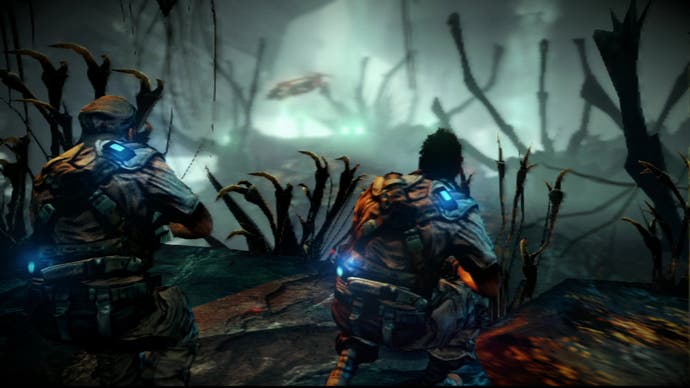

Killzone 3 is a state-of-the-art console shooter that really pushes boundaries in its native 2D guise, so it is to be expected that the game is pared back to a degree in the move to full stereoscopic 3D. The scaling issues do detract from the overall image quality simply because the game revels in its lavish application of alpha. The sub-pixel issues we see with the MLAA are also amplified somewhat simply because they become twice as wide owing to the 2x upscaling.
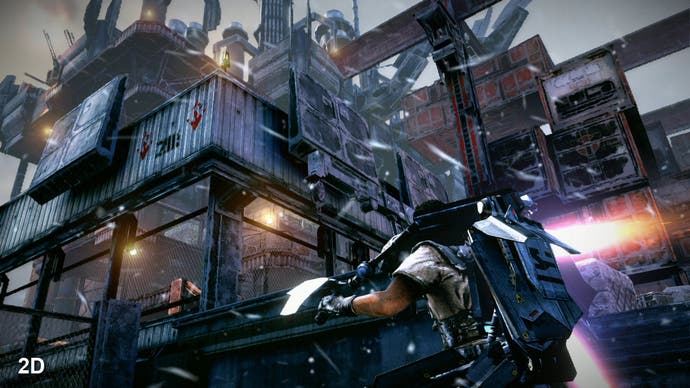
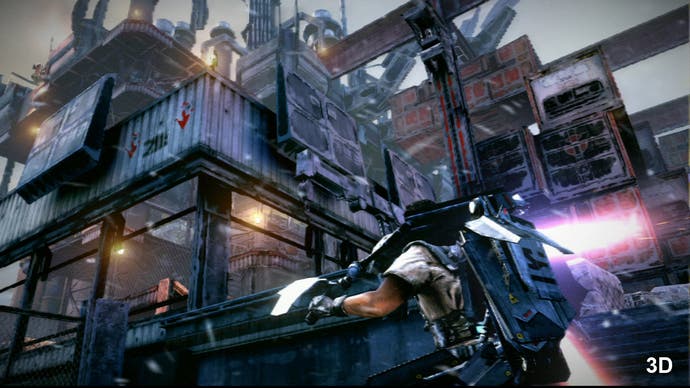
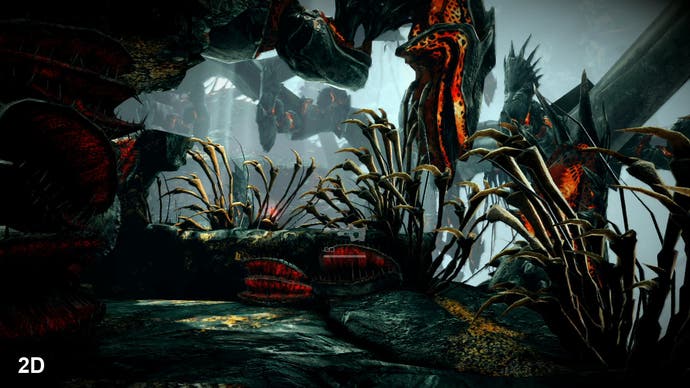
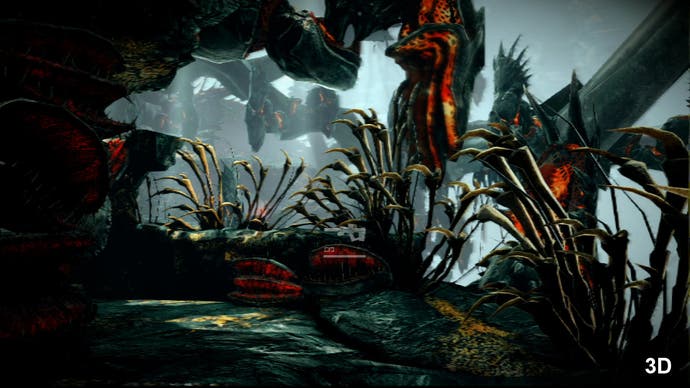
However, when it works, it really works well. The added perception of depth you get from the scene won't give you any kind of gameplay advantage, but it does serve to immerse you further into what is already an insanely action-packed game. Some of the best 3D camera work is reserved for the cut-scenes, but in-game the 3D feels dynamic and worthwhile. The intensity level is such that playing with 3D can be wearying however, and in common with all PS3 3D titles, you need to quit out of the action to turn the 3D mode off, though the intensity of the 3D effect can be tweaked in-game via the options menu.
Questions remain over how much of an impact the 3D support has on the frame-rate of the game, but this is something we can put the test with two different experiments. In the first, we use a combination of on-rails gameplay and real-time cut-scenes to directly compare the 2D and 3D modes in entirely like-for-like areas.
Initial impressions are not exactly positive: the overall conclusion is that it's not just image quality that has taken a hit, but frame-rate can drop by anything up to 25 per cent compared to the standard 2D version of the game. However, it is equally fair to suggest that these scenes do not fully represent the vast majority of the Killzone 3 experience. To put it bluntly, there's no actual FPS-style gameplay in this test, and it's safe to say that the developer would have concentrated far more of its efforts on optimising gunplay as opposed to refining the cut-scenes.
A far more representative way to compare 2D and 3D across the run of play is to analyse a series of head-to-head clips taken from the same areas in the game. While we lose the exactitude in comparing like-for-like video, we gain a better understanding of just how much of an impact there is on the way the game plays.
While it is clear that the 2D version of Killzone 3 has a tangible frame-rate advantage, the gap has closed up significantly in many places and the 3D game manages to stay within spitting distance of its non-stereoscopic sibling in all but the most demanding scenarios. Frame-rate dips - even relatively gentle ones - could have a devastating effect on input lag in Killzone 2, but the refinements Guerrilla has made to the sequel's pad response ensure that for the most part, the experience of controlling Sev whether in 2D or 3D mode is not unduly compromised when the engine is under stress.
The refinements made to the control system are of equal importance to the co-op split-screen mode which has been added to Killzone 3. Similar stresses are being put on the engine here as we find when the game is 3D-enabled, which is perhaps not surprising bearing in mind that both modes are based on the principle of two distinct viewpoints being generated simultaneously.
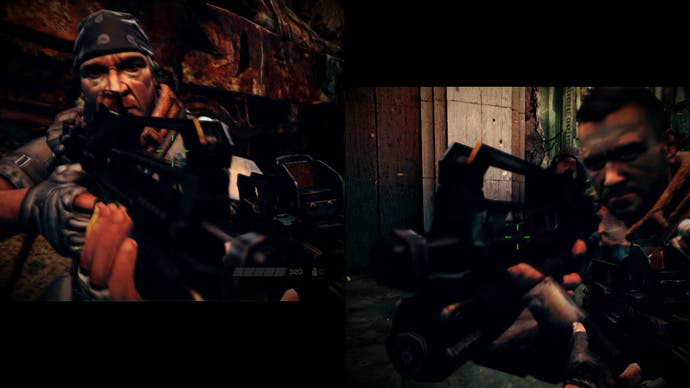
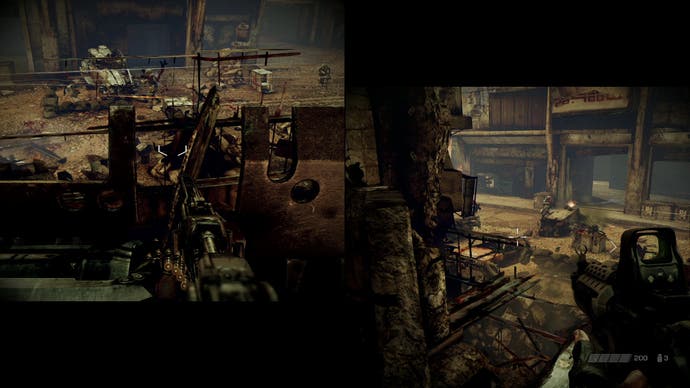

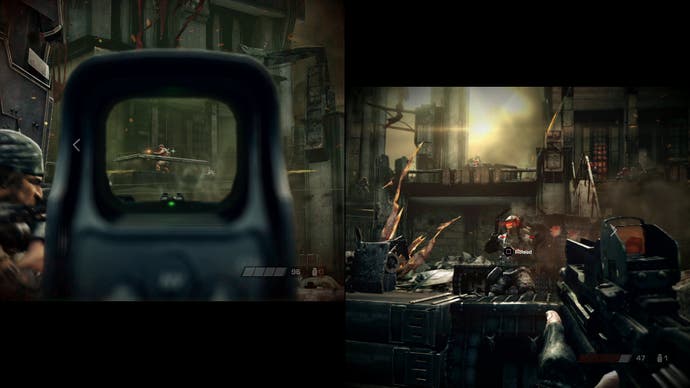
With 3D, fill-rate and geometry are the major concerns. With split-screen, the former really isn't an issue - in fact, the fill-rate requirement is lowered as each player gets a 639x560 window, effectively lowering the amounts of pixels being generated by 28 per cent. However, the game still needs to generate two entirely unique views, and processing geometry is not the strongest point of the RSX architecture.


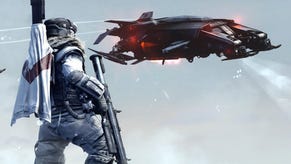



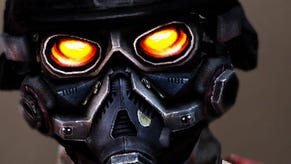

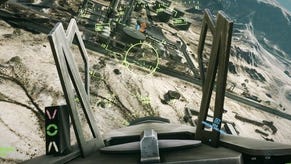







.jpg?width=291&height=164&fit=crop&quality=80&format=jpg&auto=webp)